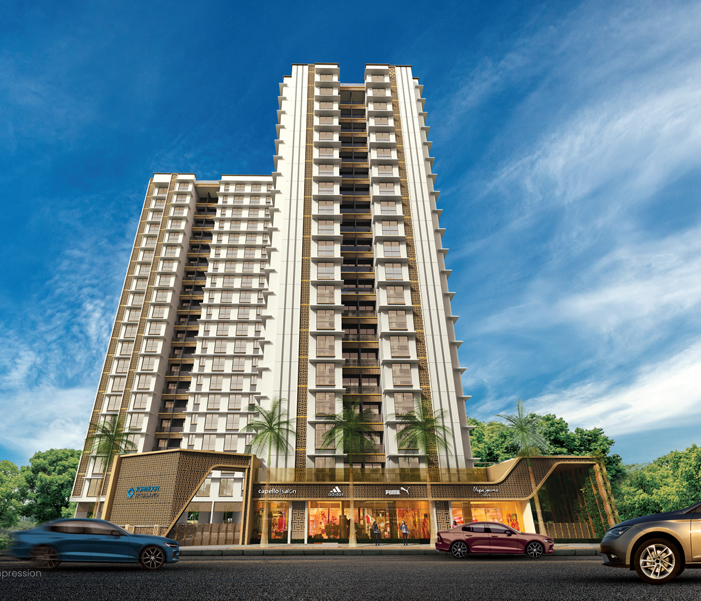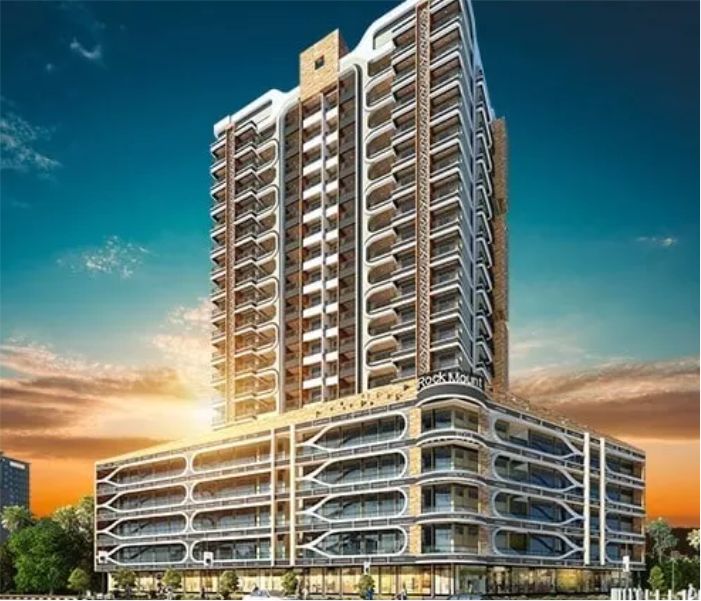
In current years, the real estate world has started accepting eco-friendly construction. Construction supporting sustainability, reducing carbon footprints and using natural possessions is the need of this hour. To benefit make the construction work more eco-friendly, there are materials that can be used in construction. Endure reading to know the materials used in environment-friendly buildings.
When it comes to selecting to live in a Green building, the first and leading thing you must check are the raw materials that have been used in the building of that structure. In addition to the technologies, raw materials have an important bearing on the situation all throughout the life cycle of a building – right from the day it begins getting built to the day it stands tall on the ground.
Today, several real estate developers and construction businesses have acknowledged the importance of Green Buildings for preserving the longevity of life. For this, they are not only accepting new-age energy-well-organized technologies but also using alternative construction materials. If you are looking for a Green structure or come across a builder demanding to sell an energy-efficient structure, do ask about the raw materials used in the construction.
Some of the most usually used eco-friendly raw materials comprise -
Recycled plastics
Using plastic in buildings can confirm a construction lifespan of 30-50 years and meaningfully truncate greenhouse gas releases. It is usually used in roof, floor and ceiling tiles, insulation of the structure indoors, structural lumber and PVC windows, among others. It is also used in materials and bricks to make them tougher and durable.
Ferrock
A highly eco-friendly building material, ferrock is made of used materials such as steel dust and is both carbon-neutral or chemically inactive and more robust than concrete. This material dramatically decreases carbon emissions in the drying and toughening process.
Aerated concrete
This type of concrete is a multifaceted blend of fly ash, lime, cement, gypsum, aluminium powder and water. This lightweight, precast building material proposes insulation as well as fire and mould confrontation to the buildings.
Bagasse particleboard
Bagasse is the dry pulpy residue obtained after the removal of juice from sugarcane. This lightweight, inexpensive material is an excellent other for wood in particleboards and can be used for covered floors.
Bamboo
A renewable and multipurpose resource, bamboo is characterised by high strength and low weight and can be used as a structure material for scaffolding, bridges and houses, particularly in low-cost housing projects. Due to its environment-friendly, sturdy and fire-resilient properties, it is shown to be a faultless flooring material, particularly in trembling-prone regions.
Hemp concrete
Hemp concrete is evolving into a substantial substitute for conventional building materials, inspired by the environmental and energy-saving demands of developers around the world. Although hemp is an eco-friendly plant, the term "hempcrete" refers to a lightweight, insulating material made by combining hemp with a lime-based binder. The finished product can be used to build floors, walls, and even roof insulation.
Crystalline silica
This material, which is made from disallowed limestone, can replace sand in these times of continual sand crises, mostly in the southern States. Not only does this help reserve sand but it also growths the compressive strength and toughness of the concrete mix.
Rammed earth
Rammed earth is a lightly humidified earth mixed with relatively low clay content and filled heavily to attain the desired level of compaction. There are several compensations of using rammed earth in the process of structure. Superior thermal mass, temperature, noise reduction, and low conservation are just a few of them.
Rice hush ash concrete
Rice Husk Ash (RHA) is procured post-burning of rice shells and can be an ideal admixture for creating concrete. The strength and sturdiness of this material make it perfect for use in the building sector.
Cellular lightweight
Cellular lightweight concrete is created of fly or volcanic ash and is known for its lightweight, high thermal insulation and low feasting of mortar.
With pioneering technologies taking the construction sector by storm, current practices in construction are taking a backseat. The profits of eco-friendly buildings can vary from ecological to economic to social. By accepting greener practices, we can maximize the uses of environmental and economic collaboration.


.jpg)
Recent comments(3)
Rightangledevelopers
Thanks for sharing this insightful blog on sustainable alternatives for construction raw materials. It's refreshing to see eco-friendly options explored for a greener future in construction. Great work!
Right Angle Developers
Your article on sustainable construction materials is fantastic! The eco-friendly alternatives are both innovative and practical. Great insights for green building.
Right Angle Developers
Informative article on eco-friendly construction materials! It highlights sustainable alternatives that can significantly reduce environmental impact while maintaining durability and efficiency. A must-read for greener building practices!